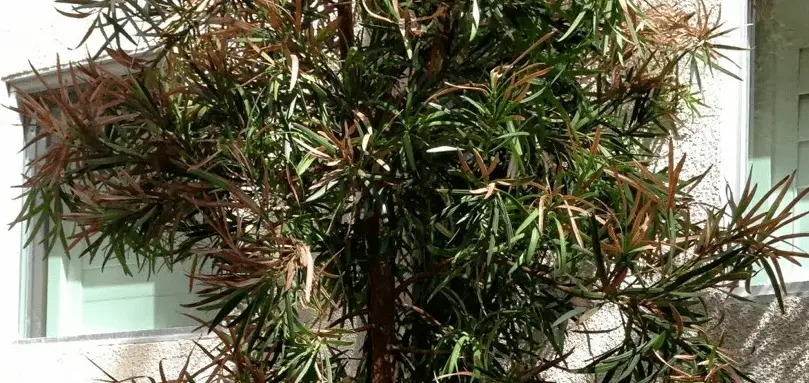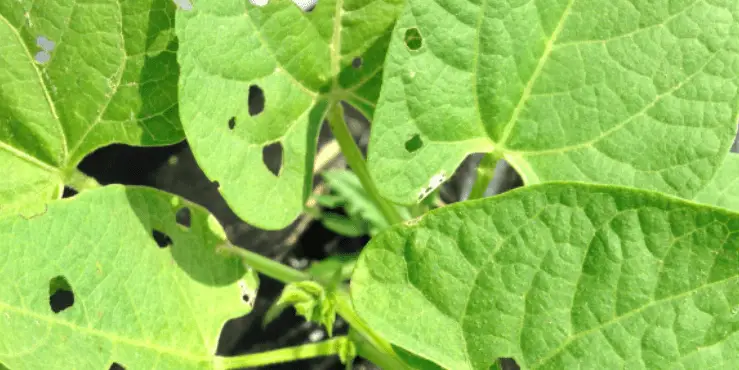Do you have a pittosporum in your garden? If so, you may be wondering when the best time to prune it is. They are beautiful, flowering shrubs that can add interest and beauty to any garden.
In this blog post, we will discuss the best time to prune pittosporum and provide some tips on how to do it properly.
When to Prune Pittosporum?
Pittosporum should be pruned two to three times per year. The best times to prune pittosporum are in late winter or early spring, and then again in summer.
Regular pruning will keep your pittosporum healthy and looking its best. It will also encourage new growth, which can be helpful if your plant is starting to look a bit leggy.
That’s why pruning your pittosporum plants when they’re young is so important – it will help them to develop a strong, healthy structure that can withstand the rigors of pruning as they mature.
Failing to prune pittosporum regularly can result in a plant that is lanky and unruly. The branches will get thicker and heavier, and the plant will become less able to support itself. This can eventually lead to the plant toppling over.
When pruning pittosporum, the most important thing to remember is that you should never remove more than one-third of the plant’s total height. This will ensure that your plant remains healthy and doesn’t become too stressed.
How to Prune Pittosporum?
The best way to prune pittosporum is by using sharp, clean pruning shears. You should make sure that you sterilize your pruning shears before each use, especially if you’re going to be cutting through any diseased tissue.
You can also use a hedge trimmer if you have a large pittosporum that needs to be pruned. However, hedge trimmers can damage the plant if they’re not used correctly, so it’s important to be careful.
When using pruning shears, you should make sure that you cut at a 45-degree angle. This will help to encourage new growth and prevent the plant from becoming too leggy.
Start by removing any dead, dying, or damaged branches. Next, trim back any branches that are crossing or rubbing against each other. Finally, cut back any branches that are longer than the others – these are typically the ones that are growing most quickly and will need to be pruned more frequently.
Cut off the top few inches of each branch, making sure that you angle your cuts so that they’re slightly outward-facing. This will encourage new growth to emerge from the base of the plant.
After you’ve finished pruning, use a rake to remove any fallen leaves or debris. This will help to keep your plant healthy and free from pests and diseases.
When to Avoid Pruning Pittosporums?
While it can be tempting to prune your pittosporum whenever it starts to look a bit overgrown, there are a few times when you should avoid pruning.
First, avoid pruning in on hot days. The heat can cause the plant to become stressed, which can lead to problems with new growth. Plus, the leaves can burn if they’re exposed to direct sunlight after being cut.
It’s also best to avoid pruning during the harsh winter months. Pittosporums are semi-deciduous, which means that they will lose their leaves during this time. Pruning while the plant is dormant can cause it to bleed, which can damage the plant.
Conclusion
In conclusion, the best time to prune pittosporum is in early spring, and then again in summer. Remember to never remove more than one-third of the plant’s total height, and to use sharp, clean pruning shears. If you follow these tips, your pittosporum will stay healthy and look its best.
I hope this blog post was helpful! If you have any questions, please feel free to leave a comment below. Thanks for reading!
Tim is an avid gardener from the UK. He was the founder of PlantCarer.com from 2021 to Sep 2023. He sold PlantCarer.com to Aaron. He has since started his own business called Seed To Supper, which provides new gardeners all the materials you need in a box (pots, seeds, compost and instructions) to grow your own delicious and nutritious vegetables and herbs from start to finish – no garden required.










0 Comments